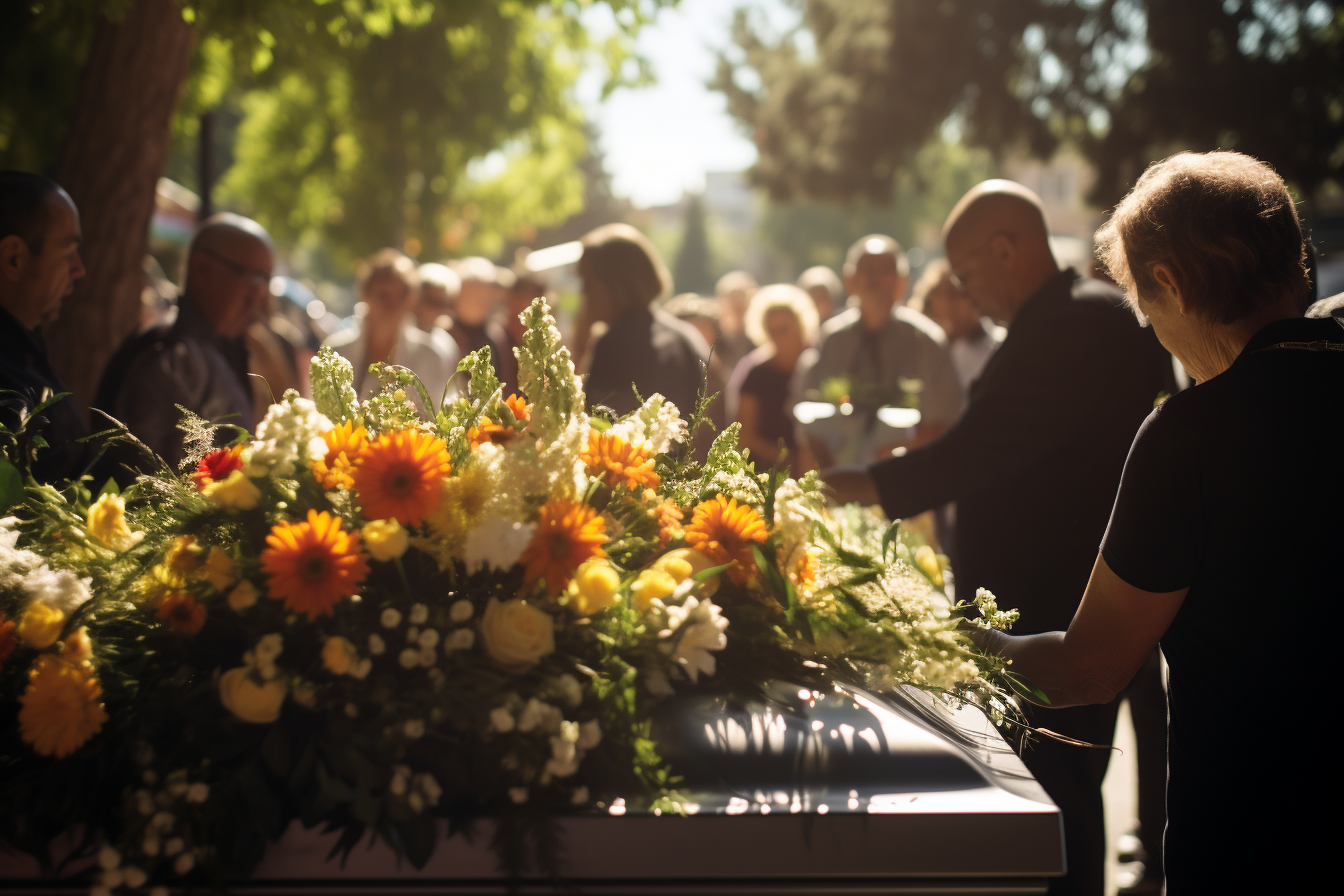Australia is a vast country with a population of over 25 million people. The country offers high-quality healthcare services, including end of life care, which is an essential component of the healthcare system in Australia. Hospices play a crucial role in providing care to terminally ill patients.
Overview of Hospices in Australia
Hospices in Australia are specialized medical facilities that provide palliative care to patients with life-limiting illnesses. The primary goal of hospices is to improve the quality of life of patients by managing their symptoms and providing emotional and spiritual support to patients and their families.
Hospices in Australia are equipped with state-of-the-art medical facilities and staffed by highly trained healthcare professionals, including physicians, nurses, social workers, and spiritual caregivers. The care provided in hospices is patient-centered and focuses on addressing the unique needs and preferences of each patient.
In Australia, hospices work in close collaboration with other healthcare providers, such as hospitals, home care agencies, and primary care physicians, to ensure a seamless transition of care for patients.
Local Customs and Practices
Australia has a rich cultural heritage, and local customs and practices surrounding death and dying reflect the country’s identity. In Australia, death is viewed as a natural part of life, and people often celebrate the life of the deceased through traditional funeral practices.
Religion plays a significant role in Australian culture, and many people adhere to Christian traditions. As a result, religious practices, such as funeral services and burials, are an essential part of the end of life care process in Australia.
Family support is also highly valued in Australian culture, and families play an active role in caring for terminally ill patients. Family members are often involved in decision-making processes and are encouraged to participate in the care of their loved ones.
What to do When Someone Dies in Australia
When someone dies in Australia, several procedures must be followed to ensure that the deceased is appropriately cared for and that the necessary legal requirements are met. Here are the steps to follow:
Contact the Doctor: If the death occurs in a hospital or hospice, the attending physician must be notified immediately. The physician will complete a death certificate, which is a legal document that certifies the cause and time of death.
Contact the Funeral Home: Once the death has been verified and a death certificate has been issued, the next step is to contact a funeral home to make arrangements for the deceased. In Australia, funeral homes are responsible for transporting the deceased, preparing the body for burial or cremation, and organizing the funeral service.
Notify the Registry of Births, Deaths, and Marriages: Within 14 days of the death, the Registry of Births, Deaths, and Marriages must be notified of the death. The registry is responsible for registering births, marriages, and deaths in Australia, and they will issue the necessary documentation required for burial or cremation.
Obtain a Burial or Cremation Permit: Before the deceased can be buried or cremated, a burial or cremation permit must be obtained from the Registry of Births, Deaths, and Marriages. The permit confirms that all legal requirements have been met and authorizes the burial or cremation.
Organize the Funeral: The funeral service can be organized by the family or the funeral home, depending on the family’s preferences. In Australia, funeral services are typically held in a church, funeral home, or crematorium. Family members and close friends may be invited to attend the funeral service, and it is customary to wear black or dark-colored clothing as a sign of respect.
Notify Government Services: Any government services, such as social security or healthcare benefits, should be canceled to avoid any issues with payments or fraud.
Notify Other Agencies: Other agencies, such as the post office or utility companies, should be notified of the death to avoid any issues with bills or services.
Settle the Estate: If the deceased had a will, the executor of the estate should begin the process of settling the estate. This includes distributing assets, paying debts and taxes, and filing any necessary legal documents.
In addition to these steps, there are some other considerations to keep in mind when dealing with the death of a loved one in Australia. For example, it is customary to hold a wake or vigil at the deceased’s home, where family and friends can pay their respects and offer condolences to the family. It is also common to bring flowers or other small gifts to the wake or funeral service.
Furthermore, in some parts of Australia, it is customary to scatter the ashes of the deceased in a special location, such as a favorite beach or park. This is a way of honoring the deceased and keeping their memory alive.
Overall, the process of dealing with the death of a loved one in Australia is similar to other countries, with specific requirements related to local laws and customs. It is important to seek guidance from local authorities and healthcare providers to ensure that all necessary procedures are followed and that the deceased is given the proper care and respect they deserve.

